Knowing what I know now about how it works, I would probably have put it back to 4WD.
Do you not feel that even with the knowledge you have now it still doesn't offer a carefree ride?
Knowing what I know now about how it works, I would probably have put it back to 4WD.
lol, I think it would be a bit like after putting it back after the rebuild - s**t scared at first that it will all go bang, but after a while it will be fine. I am though chatting to a chap who has built a diag device that talks to the engine's ECU and he's extending on it to talk to the Wabco ABS module. I want to take that and hook it up to a Raspberry Pi (or similar) to constantly monitor wheel speeds in case there's another flat - plus I want to bung some temp sensors on the IRD, diff etc and monitor them real-time. HTR has fitted a TPMS to his Freelander - that's probably a sound investment on Frelander!Do you not feel that even with the knowledge you have now it still doesn't offer a carefree ride?
Do you not feel that even with the knowledge you have now it still doesn't offer a carefree ride?
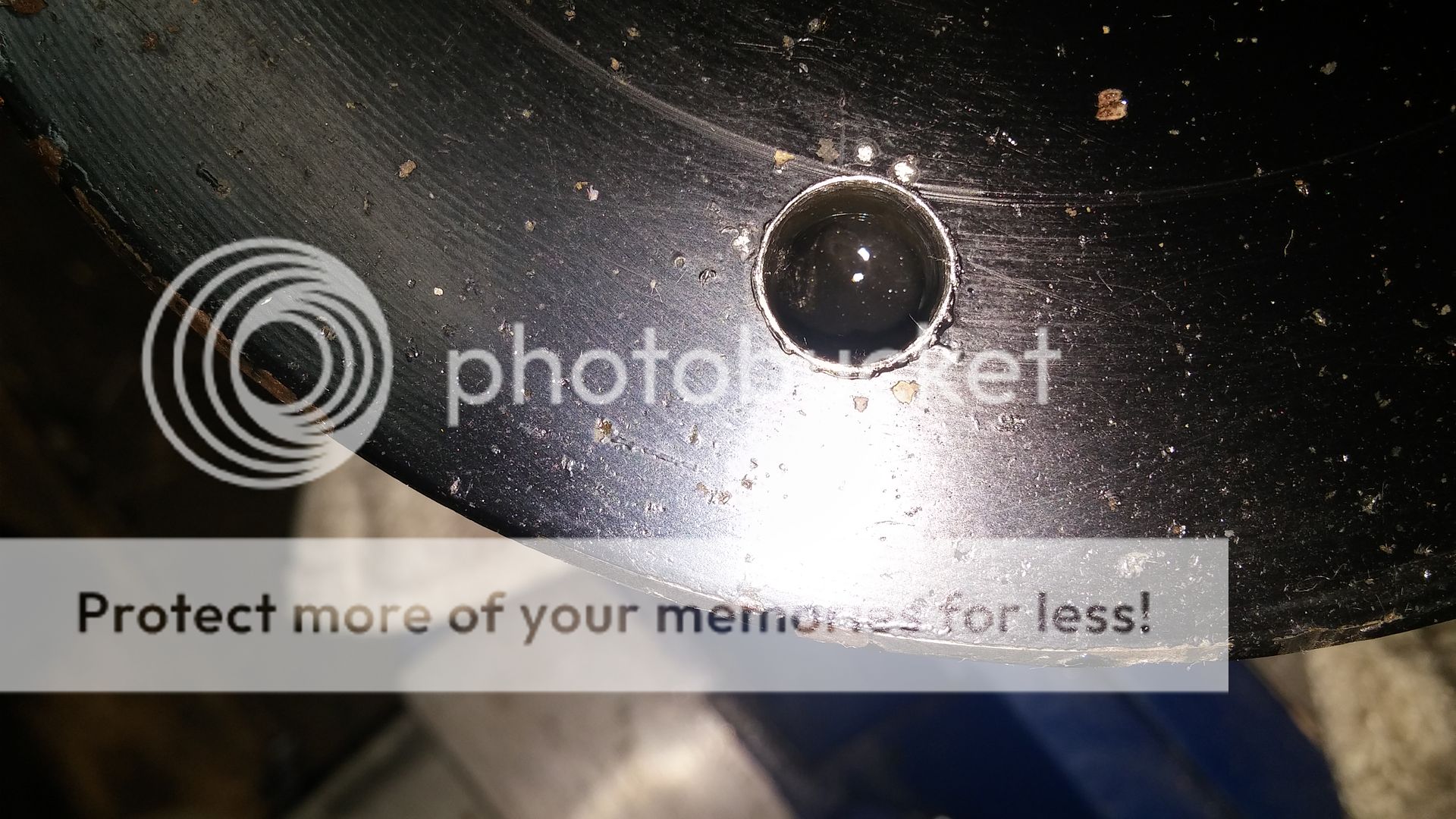
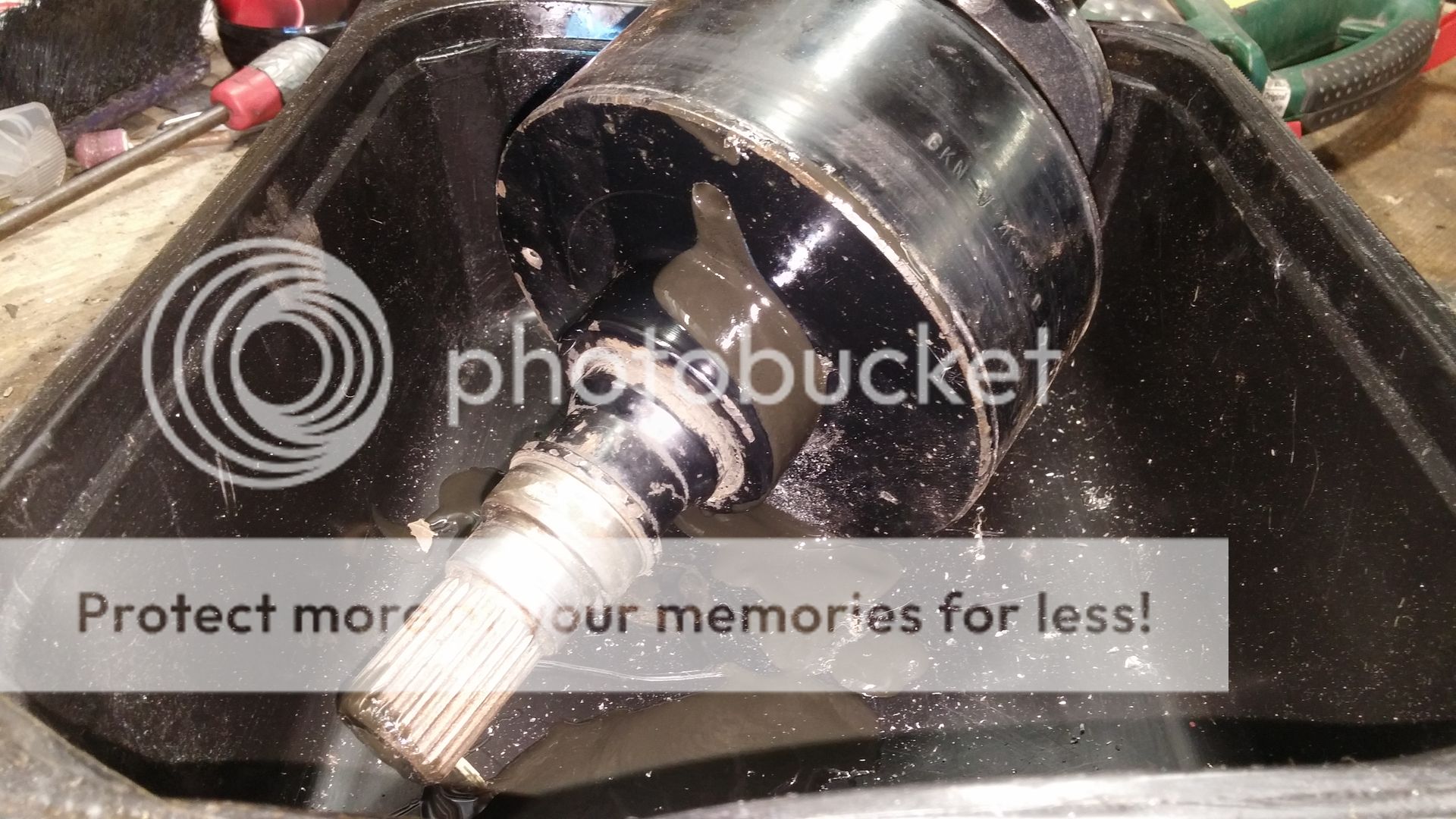
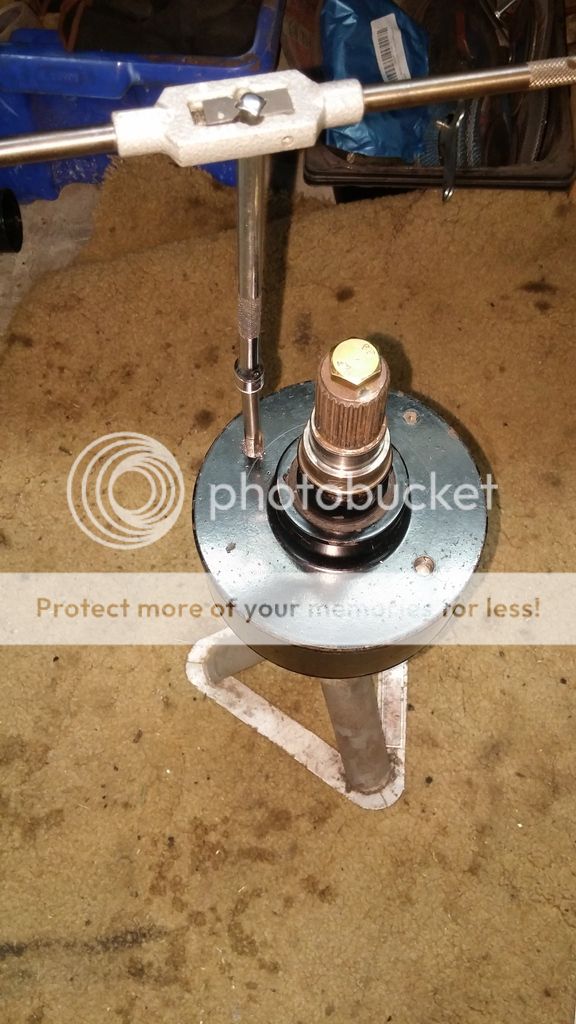
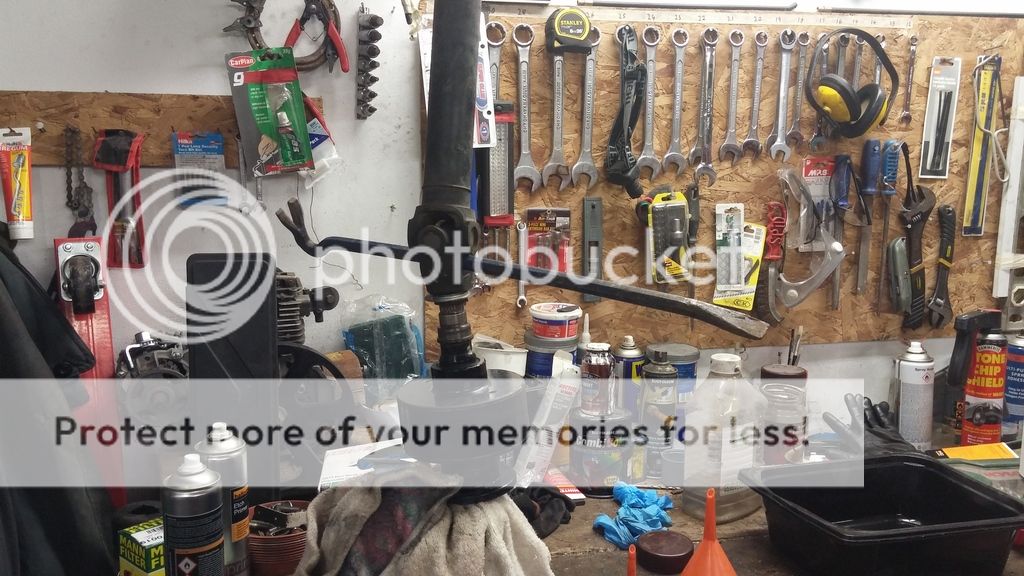
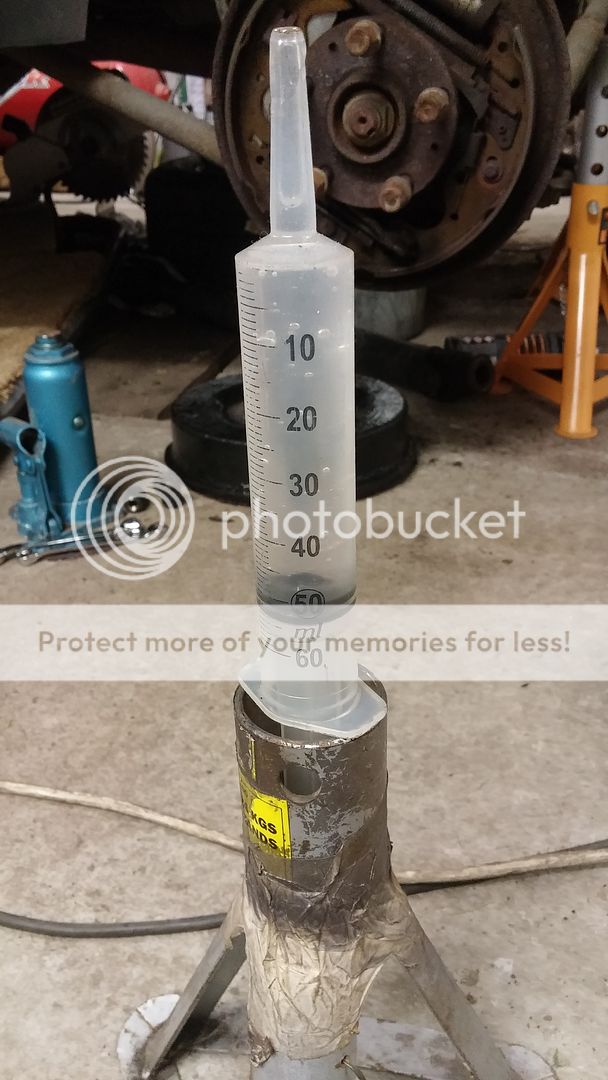
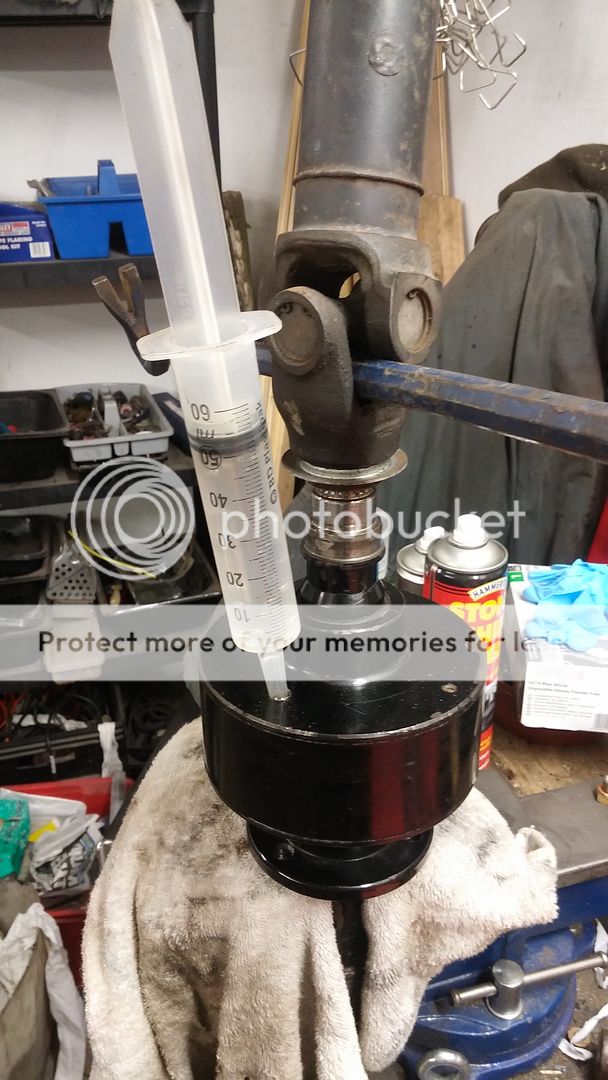
Weigh the fluid before you start and at the end to confirm you have the right amount in.
Naw mate, you don't need a special scale at all, just rig up a simple balance scale. Add two bolt heads (heads only) to the first 'weigh' - that will equalise the additional weight you are adding.Thanks guys. It's no doddle as it is slow and your arms will be tired turning the damn thing but easily doable by anyone who has a drill.
As for weighing yes if you have a scale suitable to weigh the VCU to single grams then that would be ideal. Mine are kitchen scales which only go up to 2kg so I weigh the bottle of fluid instead but also measure using the scale on the syringe.
Lol, far too precise for me. I'm more of a, have a go and wing it kinda guy but measuring the way I did is probably close enough.Naw mate, you don't need a special scale at all, just rig up a simple balance scale. Add two bolt heads (heads only) to the first 'weigh' - that will equalise the additional weight you are adding.
Just use a simple pivot point as friction-less as possible hang vcu on one side and add weight on the other until it balances exactly. You dont even have to know the weight.
Just ensure you hang the vcu from exactly the same point when re-weighing.
We balanced 2 blade microlight props with that method. perfect - you can add a tiny wood screw on one end when balanced and it will tip - extremely sensitive.
The appliance of science
Joe
lol,Lol, far too precise for me. I'm more of a, have a go and wing it kinda guy but measuring the way I did is probably close enough.
I go for weeks without checking tyre pressures.I check the pressures fortnightly.
I'm sure there will be a reasonable amount of metal suspended in the fluid that comes out from wear on the plates. I know Alibro has said that the plates do not look worn when he's opened up a VCU - but I'm still convinced that it happens. This would affect calculations by weight.lol,-- yes, but it would be a very interesting exercise as one would be able to tell within a knat's todger the exact amount of fluid used in manufacture
Even with changes in properties of the fluid the 'weight' will not change. The original specific gravity of what comes out and what goes in should be more or less identical. If not actually identical.
Whatever state the vcu is in it will weigh the same as when it left the factory including fluid. A good way (weigh lol) to know what the original had !. - also to enable you to match it in the context of fill capacity for hump mode operating point.
I commend the idea to the house...

I'm sure there will be a reasonable amount of metal suspended in the fluid that comes out from wear on the plates. I know Alibro has said that the plates do not look worn when he's opened up a VCU - but I'm still convinced that it happens. This would affect calculations by weight.
So how about a breaker bar on the hub nut, a known length of bar and known weight, and a video of a good (recon) VCU, fecked VCU, and if i can find one in the pile "on the verge" VCU?????
Obviously this will take a bit of time to perform, and we will need a Guinea pig car. I cant really use a customers as they wait while i fit them, not sure they wpuld be happy for me to fit 3 while they wait
Just to add, i've never tried doing it this way, and just wonder how things maybe affected by the leverage caused by the diff, i.e. it will take approx 3 times the amount of force to rotate the VCU through the diff than directly on the splines
.My suggestion (based on Hippos's test) is do time it through 45 degs, with a known weight and extension bar. Do this for a range of vcu and we get an easily repeatable result, that joe blogs can do with minimal tools, no need for a torque wrench. I will try and give a range of acceptable times.
Welcome To LandyZone, the Land Rover Forums!
Here at LandyZone we have plenty of very knowledgable members so if you have any questions about your Land Rover or just want to connect with other Landy owners, you're in the right place.
Registering is free and easy just click here, we hope to see you on the forums soon!
